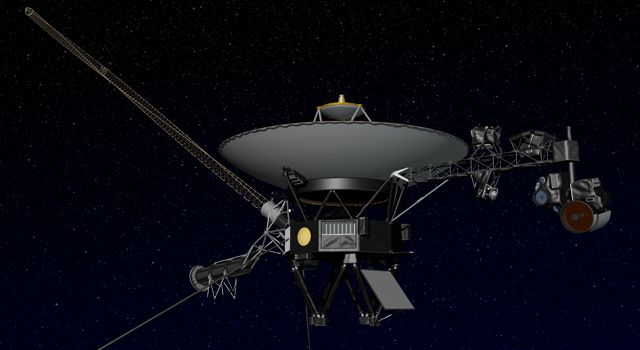A pair of researchers, one with the Max Planck Institute for Astronomy, the other with the Jet Propulsion Laboratory at CIT, has found a way to estimate how long it will take already launched space vehicles to arrive at other star systems. The pair, Coryn Bailer-Jones and Davide Farnocchia have written a paper describing their findings and have uploaded it to the arXiv preprint server.
Back in the 1970s, NASA sent four unmanned space probes out into the solar system—Pioneer 10 and 11, and Voyager 1 and 2—which, after completion of their missions, kept going—all four are on their way out of the solar system or have already departed. But what will become of them? Will they make their way to other star systems, and if so, how long might it take them? This is what Bailer-Jones and Davide Farnocchia wondered. To find some possible answers, they used the Gaia space telescope. It was launched by the European Space Agency back in 2013 and has been stationed at a point just outside of Earth’s orbit around the sun. It has been collecting information on a billion stars, including their paths through space. The latest dataset was released just last year on 7.2 million stars.
With data describing the paths of the four spacecraft and data describing the paths of a host of stars in hand, the researchers were able to work out when the paths of the four spacecraft might approach very far away star systems.
